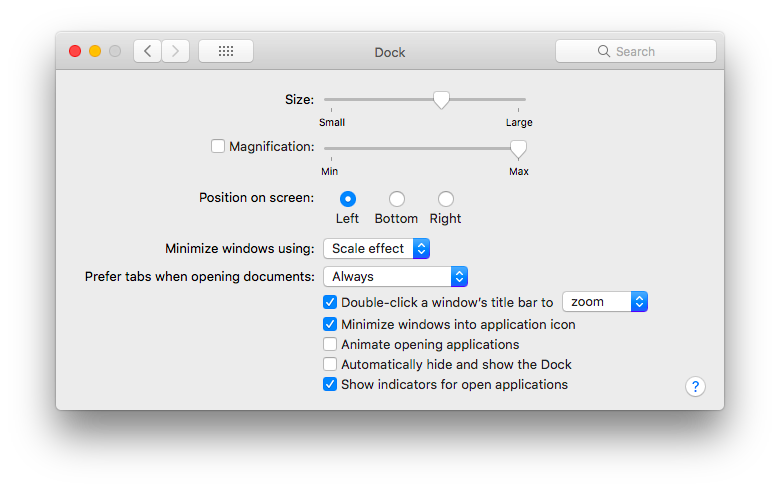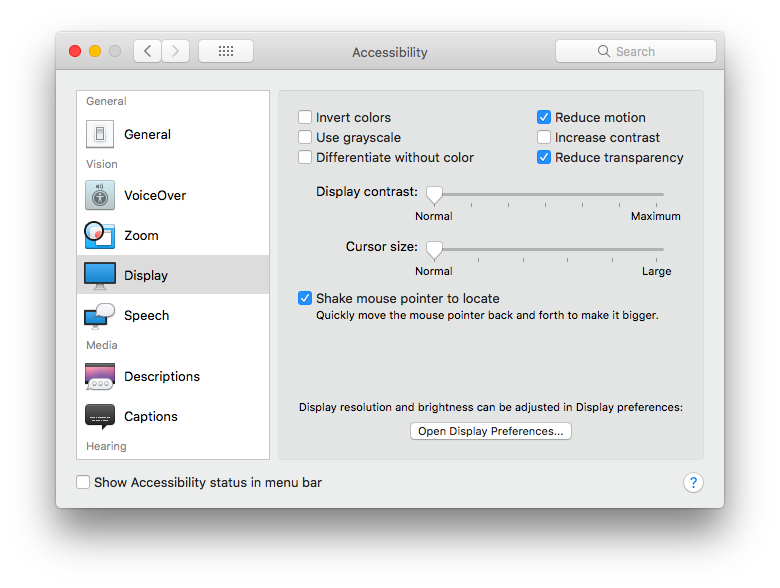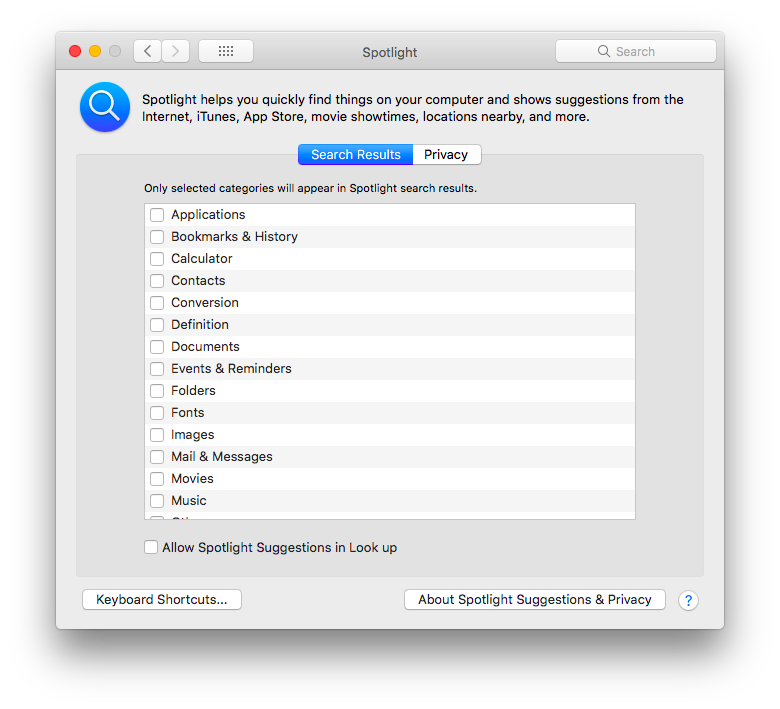Speed up a slow Apple Mac
20 January 2018
An old 2009 Mac Minis are very sluggish these days, but it does the job (eventually). However, there are a few tips and tricks that I’ve picked up that can help increase the performance of your aging MacBook, Mac Mini, iMac or MacBook Air.
Upgrade the RAM
The most common application used on your Mac is usually your web browser such as Safari, Mozilla Firefox or Google Chrome. These need a lot of memory to temporarily store data quickly such as contents of each tab open. If you’re like me, you tend to have lots of tabs open at a time, this rapidly uses up your available memory.
Adding a new stick of RAM will help greatly if you’re a heavy internet user. The problem is, there are many different setups therefore different form factors of memory. The best way to ensure you’re getting the correct RAM module for your Mac is to use a service such as Cruicial’s system scanner.
Not only will it provide you details about your computer’s specification but also advise you on the highest amount of memory your computer supports. If possible upgrade to a memory limit of 8GB or above.
Replace the hard drive with a Solid State Drive
Traditional hard drives are still being packed in with modern laptops and desktops. This is usually to keep the overall cost down when you buy a new computer. However, they are one of the biggest bottlenecks to your computer’s performance. It has an effect on your day-to-day computing tasks such as starting an application or waiting for a game to load.
There are much faster solutions to storing your files and data, using something called a “solid state drive”. Personally, I opt for the Samsung Evo 850 solid state drives as they have some of the best write/read speeds and have been running in my machines without any flaws for years.
There are cheaper alternatives such as Cruicial’s SSD range, which might even offer different read/write speeds. Worried about storage space? While there are larger capacity solid state drives, they can become quite expensive. There is an alternative to solid-state drives which also offer large capacity, but aren’t as slow as a traditional mechanical hard drive. These are called Hybrid Drives (SSHDs).
While they don’t provide the high performance read/write speed, they do have a small solid-state drive built into them. It’s usually designed to cache frequently used bits of data so it can be quickly retrieved when needed.
Tame the animations
While hardware upgrades are going to provide the best performance boosts for your Mac, there are a few software optimisations to make your Mac feel faster. For example, turning off MacOS’ animations means that it saves not just graphical processing power but also saves you a few milliseconds each time when performing common tasks such as opening application windows from the dock.
Disable dock animations
While the ‘Genie’ effect when opening/closing application windows to the dock look cool when you first get your Mac, it’s slowing your workflow down each time you do it by a few milliseconds, which all adds up throughout the day. To change this to a quicker ‘Scale’ effect simply use these following steps:

- Open the ‘Settings’ application
- Click the ‘Dock’ option
- Change the dropdown option for ‘Minimize windows using:’ from the ‘Genie effect’ to the ‘Scale effect’.
Tame the rest of the visual effects
There are a few hidden options that also make macOS feel much snappier. Simply follow the below steps to achieve this:

- Open the Settings application again
- Press the ‘Accessibility’ icon
- In the left pane, select ‘Display’
- Ensure the ‘Reduce motion’ and ‘Reduce transparency’ are both checked.
Feels much faster, right?
Disable spotlight
If you don’t have the time or funds to replace Mac’s slow traditional hard drive then disabling Spotlight indexing will help your Mac from grinding to a holt. The downside to this is that you can’t quickly search for files, such as documents, using the search icon on the top right of your Mac. If you don’t use this feature, then you can disable Spotlight Indexing as follows:

- Open the Settings application
- Click the ‘Spotlight’ icon
- Ensure everything is unchecked like in the image above.
Bonus: Increase iOS Simulator performance
Here is a quick tip for other Web Developers who are using the iOS simulator to test on various iOS setups. Simply scaling the display of the simulated iOS device would mean that there are fewer pixels to render. To achieve this follow the below steps:
- In the iOS simulator window select the ‘Window’ menu on the top bar
- Select the ‘Scale’ menu item and then try any option that is ‘50%’ or smaller. This will mean that your Mac will have to render at least half of the detail in the iOS frame.
Hope this helps with all the various ways to get as much of a performance out of your new or old Mac! Make sure you tweet me on Twitter if this has helped you.
Note: This blog post contains affiliate Amazon links. This means that I’ll get a percentage of each sale made by clicking my links to products on Amazon. This, in turn, helps me being able to invest more time in writing more blog posts just like this one. Thank you.

